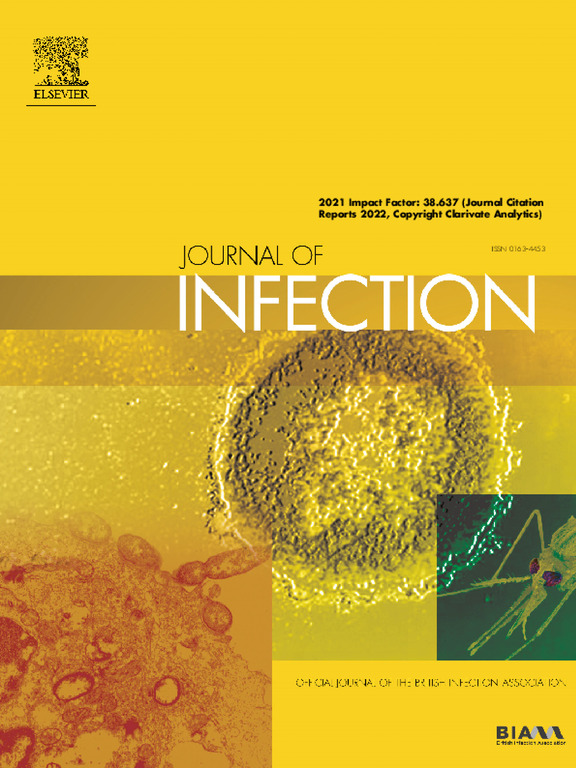H3亚型禽流感病毒在种间传播后加速进化的全球传播。
IF 11.9
1区 医学
Q1 INFECTIOUS DISEASES
引用次数: 0
摘要
H3亚型禽流感病毒(AIV)已在禽类中广泛传播,并被认为是哺乳动物流感病毒的自然来源。根据公共数据库数据和我们的监测数据,我们分析了H3型aiv的生态、进化和传播。H3亚型aiv在世界范围内已被发现,感染多种鸟类,至少90种野生鸟类和家禽。确定了H3型艾滋病病毒大规模和局部传播的重要地区,如阿拉斯加、中亚和中国各省。H3病毒从野鸟传入家禽后,提高了HA基因的替代率,在家鸡中甚至更快。本研究结果提示H3型禽流感病毒跨种传播的进化机制,即野生鸟类向家禽传播的病毒通过较短的代时间和宿主选择加速了替代率。新型鸡H3病毒,特别是已经传播给人类的H3N8 G25病毒,需要高度关注。本文章由计算机程序翻译,如有差异,请以英文原文为准。
Global spread of H3 subtype avian influenza viruses with an accelerated evolution after interspecies transmission
The H3 subtype avian influenza virus (AIV) has been widely spread in birds and is known as a natural source of mammalian influenza viruses. Based on data from public databases and our surveillance data, we analyzed the ecology, evolution, and spread of H3 AIVs. Sublineages of H3 AIVs have been detected worldwide, infecting various birds, at least 90 species in wild birds and poultry. Important areas for large-scale and local dissemination of H3 AIVs were identified, such as Alaska, Central Asia, and Chinese provinces. The H3 viruses have elevated the HA gene substitution rate after introduction from wild birds to domestic poultry, and even faster in domestic chickens. Our results implied an evolutionary mechanism of H3 AIV cross-species transmission, that viruses from wild birds to domestic poultry have accelerated substitution rate by shorter generation time and host selection. Novel chicken H3 viruses, especially H3N8 G25 viruses that have spilled over to humans, require high attention.
求助全文
通过发布文献求助,成功后即可免费获取论文全文。
去求助
来源期刊

Journal of Infection
医学-传染病学
CiteScore
45.90
自引率
3.20%
发文量
475
审稿时长
16 days
期刊介绍:
The Journal of Infection publishes original papers on all aspects of infection - clinical, microbiological and epidemiological. The Journal seeks to bring together knowledge from all specialties involved in infection research and clinical practice, and present the best work in the ever-changing field of infection.
Each issue brings you Editorials that describe current or controversial topics of interest, high quality Reviews to keep you in touch with the latest developments in specific fields of interest, an Epidemiology section reporting studies in the hospital and the general community, and a lively correspondence section.
 求助内容:
求助内容: 应助结果提醒方式:
应助结果提醒方式:


